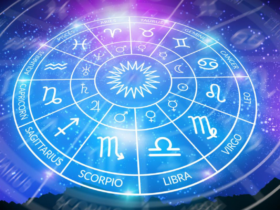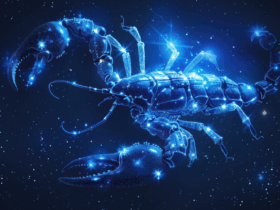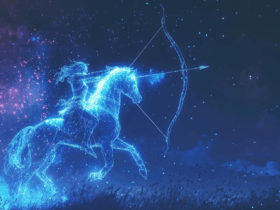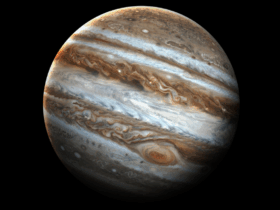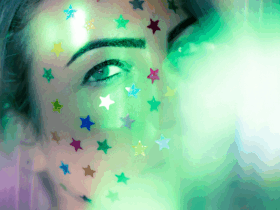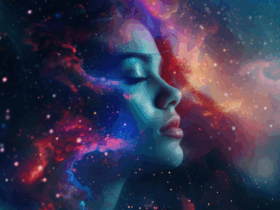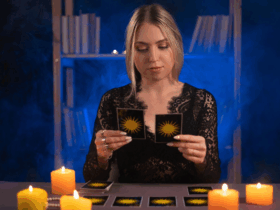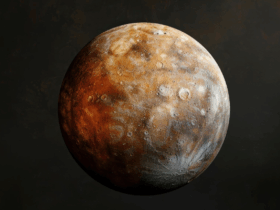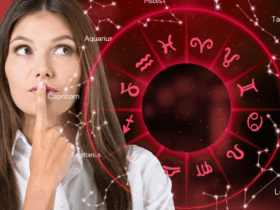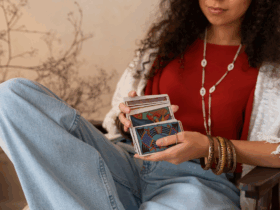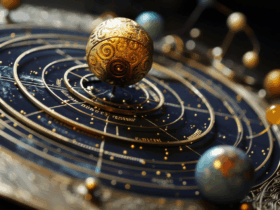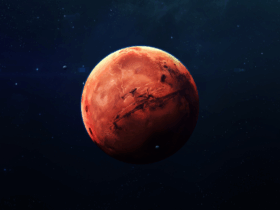The 18th century was a fascinating era for the Tarot, a time when playing cards transitioned into powerful symbols of mystery and hidden knowledge. What began in the Renaissance as a game of entertainment had, by this period, captured the imagination of philosophers, mystics, and secret societies across Europe. The Age of Enlightenment, often associated with reason and scientific progress, paradoxically also witnessed a surge of interest in esoteric traditions, and the Tarot became central to this revival.
One of the most influential figures in this transformation was Antoine Court de Gébelin, a Protestant pastor and Freemason, who in 1781 published Le Monde Primitif. In it, he claimed that the Tarot was not a mere card game but a fragment of the ancient Egyptian “Book of Thoth.” According to his theory, the images of the Major Arcana preserved sacred wisdom and encoded universal truths about humanity, nature, and the cosmos. Although historically unfounded – there is no evidence of Egyptian origins – Gébelin’s ideas electrified the European occult scene. His work gave the Tarot a spiritual legitimacy that inspired future generations of occultists.
The late 18th century also saw the rise of secret societies such as the Freemasons and the Rosicrucians, groups deeply interested in symbols, allegory, and initiation rituals. Within these circles, the Tarot was sometimes viewed as a tool for meditation, self-discovery, and symbolic teaching. Practitioners began linking the 22 Major Arcana to the Hebrew alphabet and the paths of the Kabbalistic Tree of Life, weaving the cards into the broader framework of Western esotericism. The Hermetic tradition, astrology, and alchemy further enriched these interpretations, turning Tarot spreads into more than fortune-telling – they became maps of spiritual ascent.
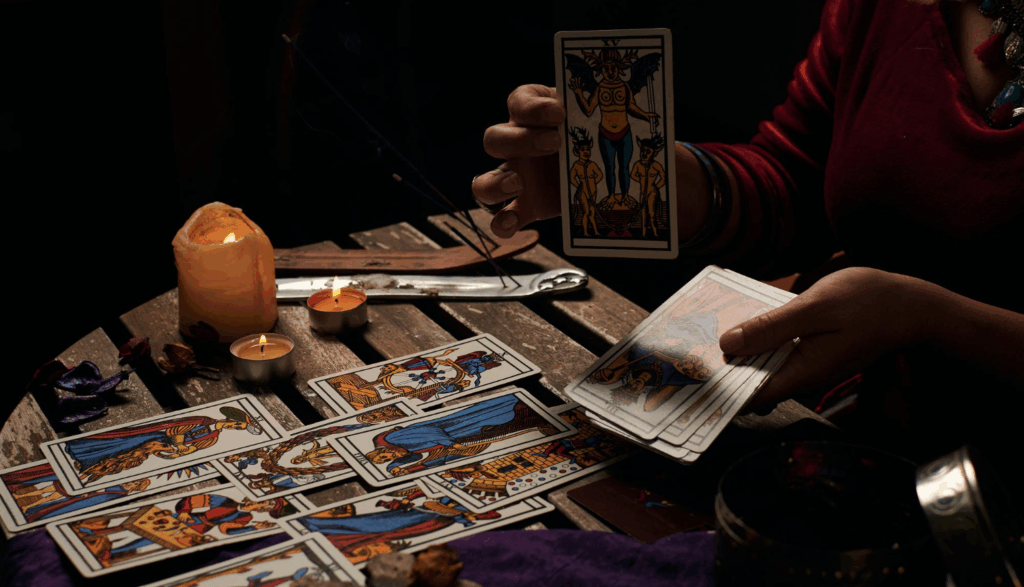
In salons and intellectual gatherings, Tarot readings offered both entertainment and philosophical reflection. To the curious elite, they represented a bridge between rational inquiry and mystical speculation. The cards provided a language of archetypes – The Fool, The Magician, The High Priestess – that allowed seekers to reflect on the stages of life, the mysteries of fate, and the balance between visible and invisible forces.
By the end of the 18th century, Tarot had shifted from its playful origins into a cornerstone of European occult thought. It was no longer merely about predicting the future but about unlocking the secrets of existence and exploring the hidden layers of consciousness. This reinterpretation laid the groundwork for the 19th-century occult revival, where figures like Éliphas Lévi and the Hermetic Order of the Golden Dawn would expand Tarot’s symbolic power even further.
Related: Stellar Influences: How Stars Shape Your Zodiac Destiny





